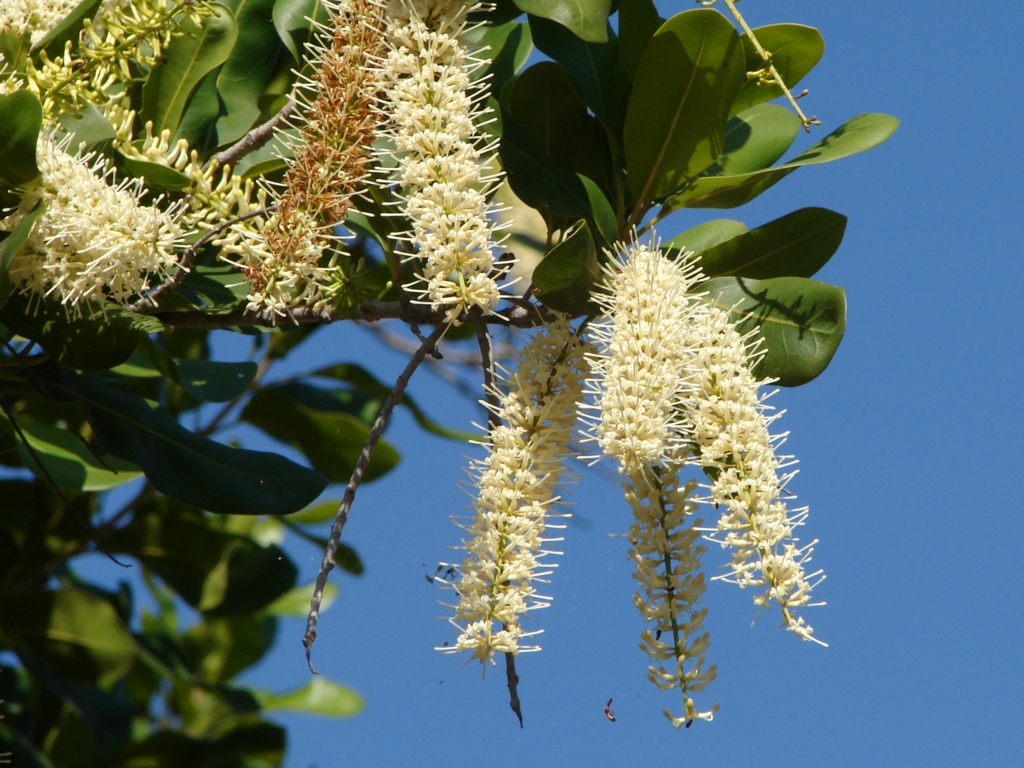Australia’s wild macadamia nut trees have been severely impacted by clearing, with three species listed as vulnerable and another as critically endangered.
The Macadamia Conservation Trust has estimated that there are only around 8,800 wild macadamias left, and they are limited to remnants of subtropical rainforests along the east coast from Gladstone in central Queensland to northern New South Wales.
Trust founder, Ian McConachie, said that not many people know how precarious the wild macadamia’s position is.
“At least 80 per cent of the wild macadamias that existed when European settlement started have been lost, and we’re continuing to lose wild trees, and we’re losing their specific genetics,” Mr McConachie said.
Macadamia Conservation Trust executive officer, Denise Bond, said that “the easiest way to think about it is that macadamias love to live where people live, so they like rich red soils, ideally within 50 kilometres of the sea, with a view, if you like.”
“That’s the area between Northern Rivers and Brisbane and the Sunshine Coast that has been very heavily cleared for people to live and grow crops.”
“The result is that less than 20 per cent of macadamia habitat remains.”
Back in 2019, researchers from Queensland discovered that the global macadamia industry may have originated from nuts from just one macadamia tree, or a small number of trees, transported to Hawaii from Queensland in the 19th century.
Because there is a lack of genetic diversity in farmed crops, the focus is now to save and preserve wild macadamia trees in order to improve traits, such as disease resistance and climate adaptability.
“We feel that we’ve still got a big job to do in just letting Australians know that macadamias come from here, and we’re their guardians. If we don’t protect them, no one will,” Ms Bond said.
“Every country that owns the ‘crop wild’ relatives of an important plant species has an obligation to the rest of the world to preserve that genetic diversity.”
“Otherwise, a disease could go through and wipe out an important food crop.”






